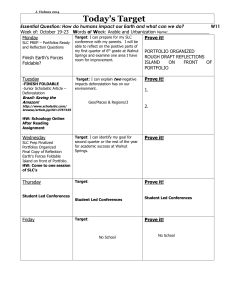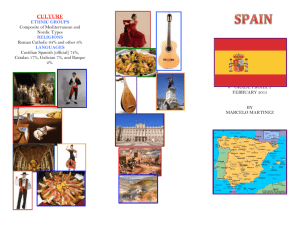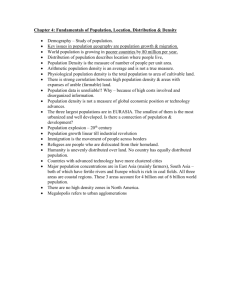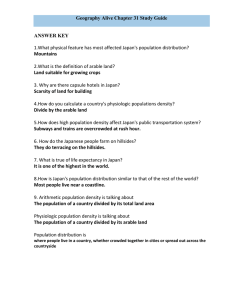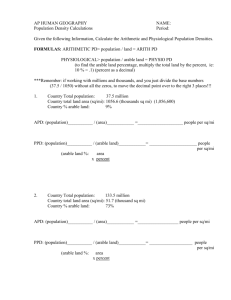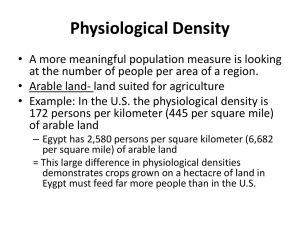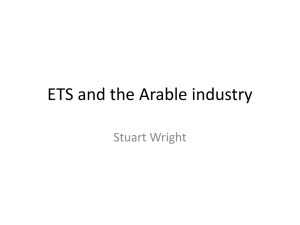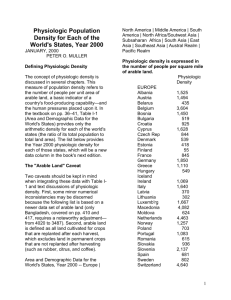China`s food security challenge and the implications for business
advertisement
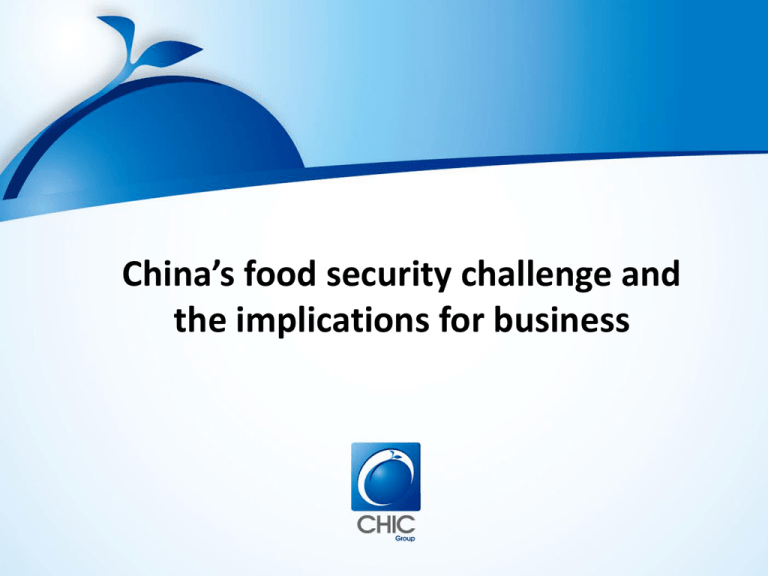
China’s food security challenge and the implications for business China’s Urbanization China's urban population will expand from 572 million in 2005 to 926 million in 2025 and hit the one billion mark by 2030; More than 350 million people will add to its urban population by 2025, more than 240 million will be migrants in China; Over the next two decades, migration will play a much larger role, accounting for about 70 percent of the new urban residents; Rapid Urbanization More New Megacities Guangzhou Baiyun new town City Renewal Enhanced Intercity Connection China High Speed Rail Map Growing Middle Class Year 2010 Year 2020 Disposable income of urban residents Disposable income of urban residents Population Annual disposable income of urban residents (Million) Total 109M (US$: 000) Population (Million) 1 Upper class >30 12 13 Lower upper class 15~30 53 34 Middle class 9~15 69 61 Emerging Middle Class 6~9 66 57 Low income class 4~6 39 36 Poorest class <4 23 202 262 Total 200M Availability of Arable Land • The current arable land per capita in China is about 0.08 hectares, which is only about 40 percent of the global average, one-seventh the United States, and a quarter of the Brazil level. • The level of arable land per capita in 2008 is about half of that in 1961 Arable Land Comparison (hectares per person) 1961 1970 1980 1990 2000 2008 2008 vs. 1961 World 0.34 0.30 0.25 0.22 0.23 0.21 61% European Union 0.31 0.28 0.25 0.24 0.24 0.22 69% United States 0.98 0.92 0.83 0.74 0.62 0.60 61% Brazil 0.30 0.36 0.37 0.34 0.33 0.32 108% India 0.35 0.29 0.24 0.19 0.16 0.14 40% China 0.16 0.12 0.10 0.11 0.10 0.08 52% Country Name Source: The World Bank China’s Food Supply & Demand Less rural workforce China Urbani zation Wealth creation Dietary upgrade Arable land shrinkage Environment pollution Increase demand on staple and non-staple food Supply & Demand Gap Import/FEX Price volatility & Inflation Self-sufficient of food is not sustainable China Urbani zation Combined with Water shortage Soil erosion Climate change Thank You!

